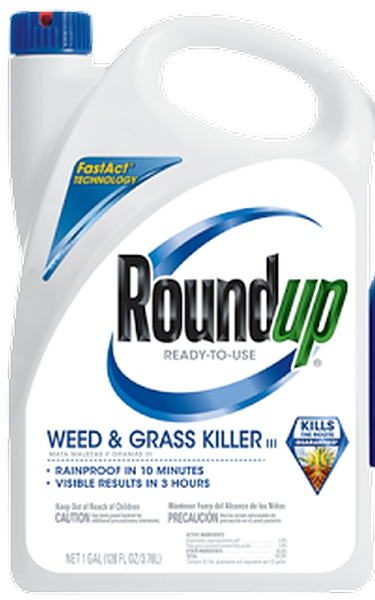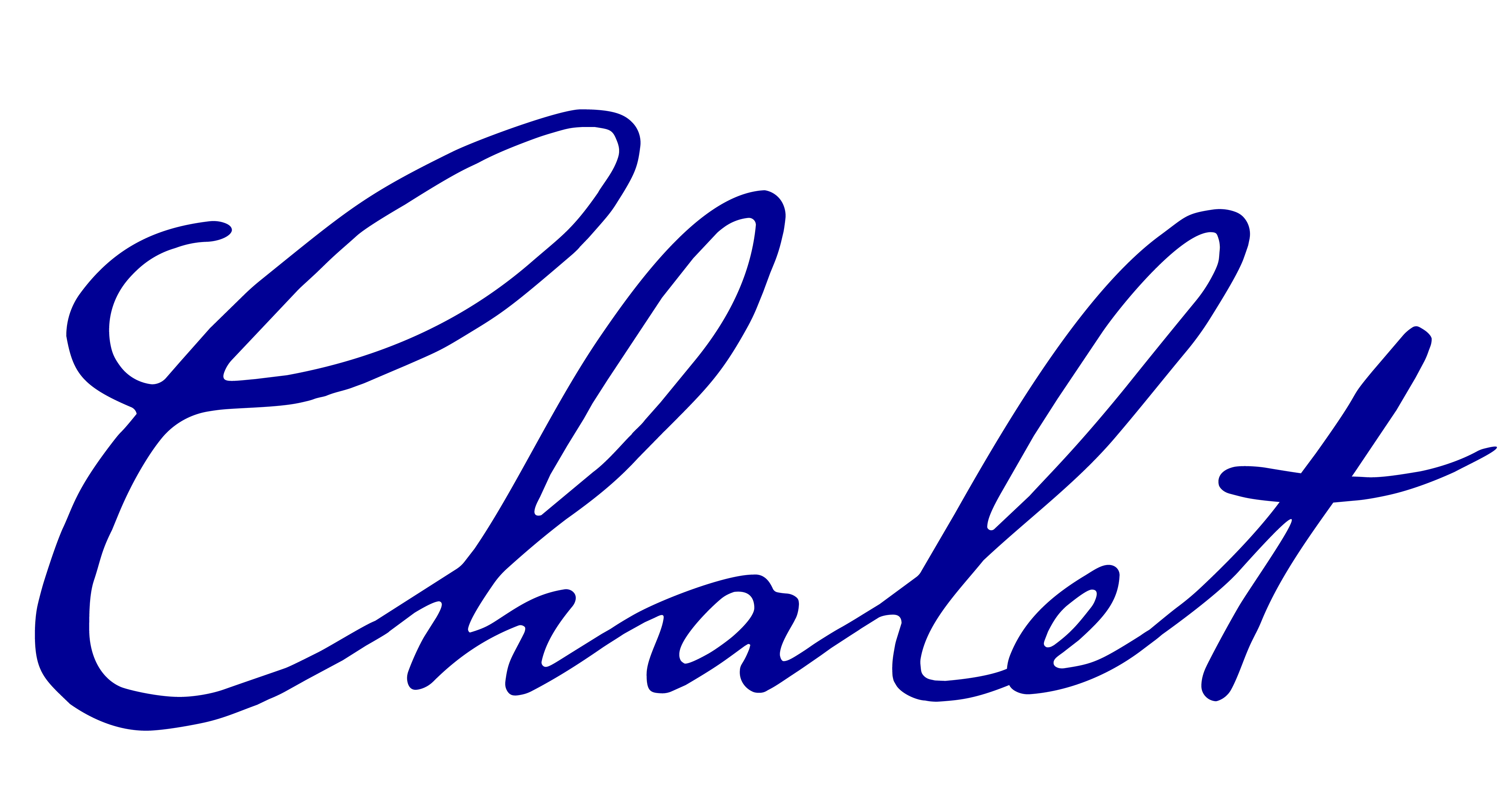Literal Dos & Donts of Fall Lawn Care
Literal Dos & Donts of Fall Lawn Care
DO know that August 15 to September 15 is the very best time to do lawn repair in northern Illinois, whether seeding totally bare areas or overseeding thin lawns. Yep, actually better than spring due to less weed competition.

DO due diligence and figure out how many hours of sun, partial sun/shade or full shade the area gets. Your ultimate success (or failure) depends upon getting an accurate estimation BEFORE you buy the seed.
DO measure the area to be seeded so you know how much seed to buy. Overseeding requires half the rate of totally bare soil.
DO assess whether you're going to overseed (recommended if you have 50% or more desirable grass) or kill everything and start from ground zero.
DON'T use a broadleaf weed (dandelion, clover, etc.) control to kill weeds before seeding. There's a lengthy restricted time between using these products and being able to safely reseed.

DO consider using "Roundup" if you need to knock out everything for a start-from-scratch new lawn. "Roundup" is a nonselective herbicide, absorbed only through green, growing leaves and allows you to reseed almost immediately.

DO buy the best seed. It may be a couple of dollars more a lb. but it won't have the inert junk or crap and weed seeds you'll get with "value" seed.
DO use Kentucky bluegrass for lawns receiving 5 or more hours of sun a day. Use fescues when you have, say, less than 4 hours of direct sun a day.
DO a mixture of KY blues and fescues if you have sun and shade. Don't worry, Darwinism will intervene. In the sunny areas the blues will dominate and in shade fescues will prevail.
DO check out having core aeration done if your thatch layer (the spongy layer at the junction of roots and stems) is more than 1/2" deep.
DON'T dethatch. Dethatching is not a sound horticultural practice. Don't do it or have it done. There, I'm climbing off my soapbox.
DO consider slit-seeding if you have a large (bare or partially "grassed") area to renew. Briefly, it's a machine that cuts parallel furrows in to the soil, drops the seed uniformly in those grooves and gives a great result.
DO know a slit-seeder is a little like trying to push an elephant around the yard. They're heavy. So, if you're a DIY person they can be rented. Or you can have reputable landscape firms do it for you.
DO loosen the soil, preferably to a depth of 3-4". This will promote deep rooting. Harder to do if you're overseeding into an existing lawn. That's when slit-seeders are a smart choice.
DO apply the seed at the appropriate rate. Nothing is gained by applying seed too heavily. You should be able to see individual seeds on the soil. They should be close, but not clumped together or on top of each other.
DON'T cover with peat moss. Never, ever. If you feel you need to cover the seed a light (and I mean light) dusting of topsoil or fine humus is acceptable.
DO use a starter fertilizer. Many lawn fertilizers contain no phosphorous, which is fine for established turf. Starter fertilizers do have phosphorous (the middle number in an analysis, 25-24-4, for example). Seed, or sod too, will really respond to high phosphorous with a heavy root system!
DO moisten the seeded soil surface frequently to keep uniformly damp to ensure good germination and establishment.
DON'T flood the seed so that it's floating about.
DO the first mowing (with a sharp blade) when the surface is about 3" tall.
Share
